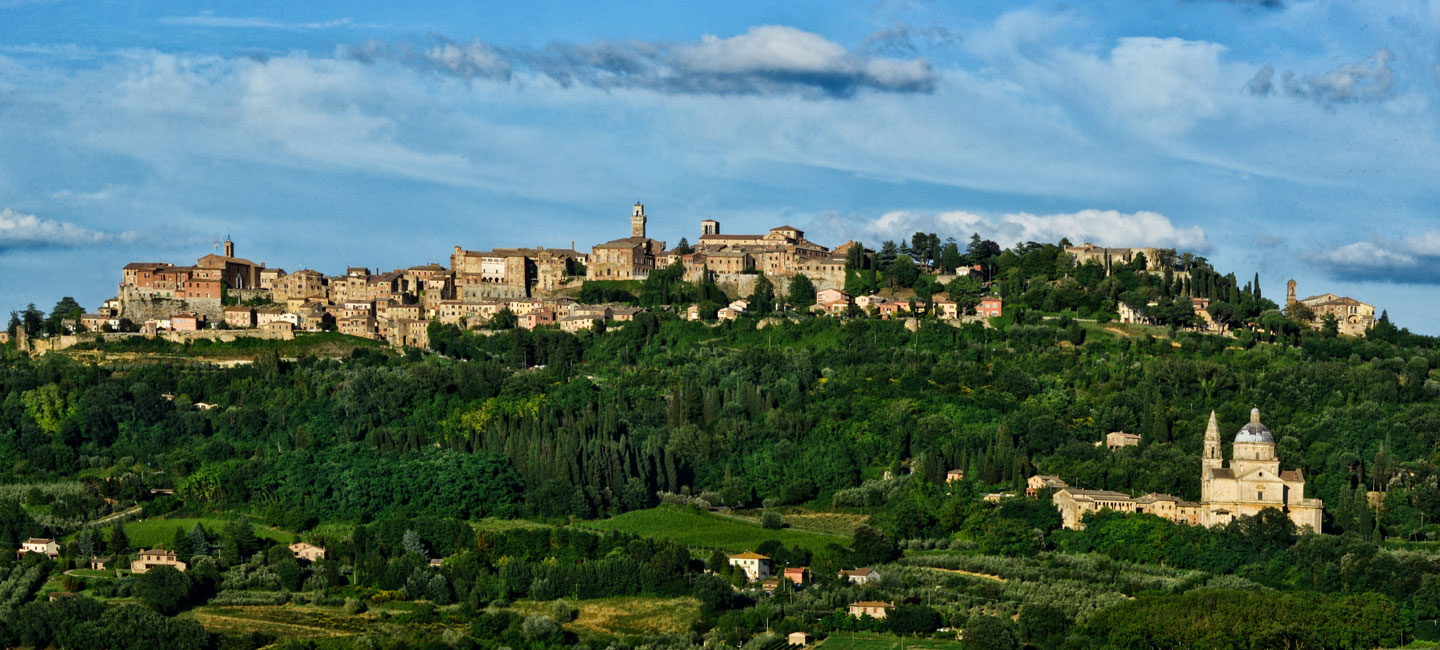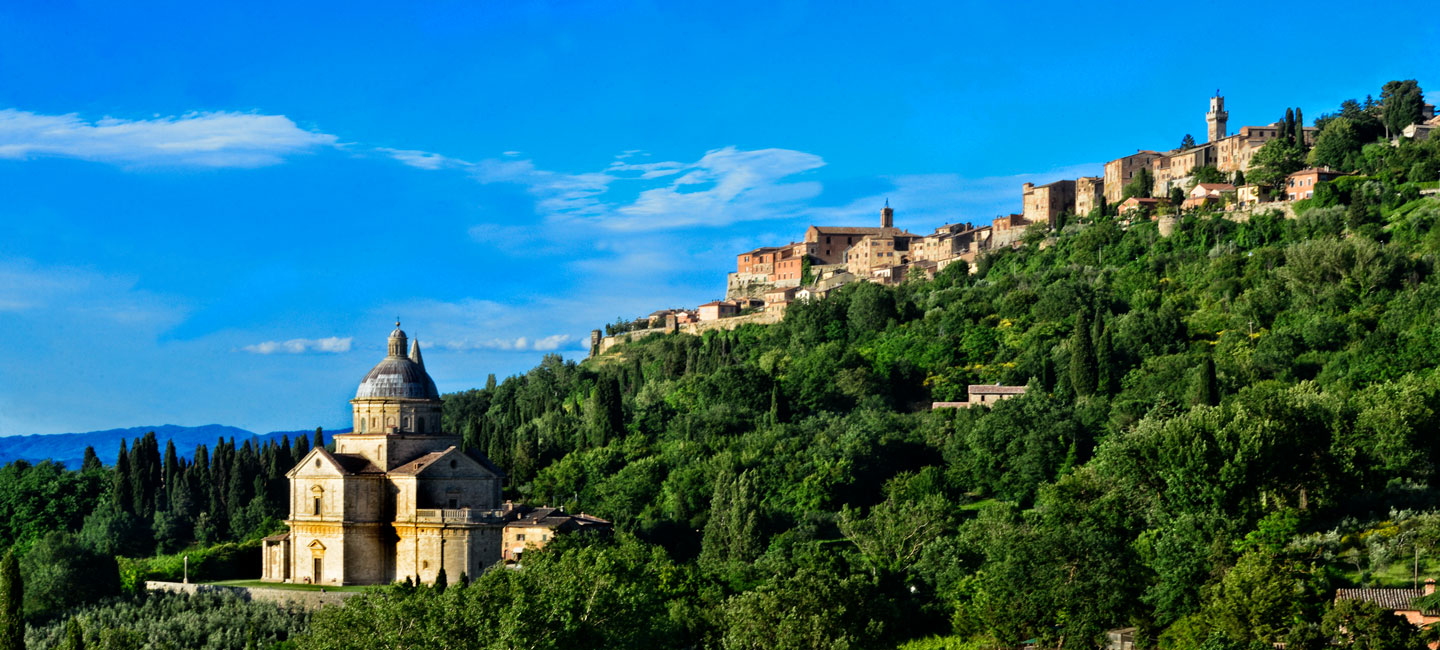We know of the Etruscan origins of Montepulciano thanks to findings unearthed during the restructuring of the city’s old palaces. It appears to have been founded (at least according to the legend) by Porsenna Lucumone of the nearby city of Chiusi. It is certain that both documents and findings uncovered during the restructuring of the city’s old Fortress confirm that it already existed in the period between 400 B.C. and 300 B.C.

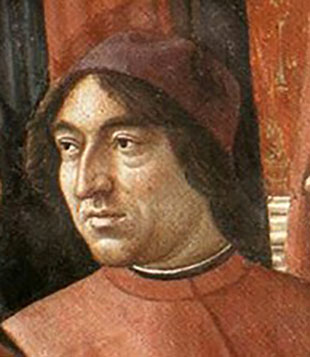
The first document which officially cites the city of Montepulciano goes all the way back to 715 A.D. where it appears as “Mons Politianus” (“Mount Politianus”). At the beginning of the thirteenth century, both Florence and Siena began to have designs on the riches of Montepulciano, created principally by the enterprising spirit of the local trading, manufacturing, and agricultural bourgeoisie, until Florence gained the city’s loyalty.
The fifteenth century was the period of the great poet Angelo Ambrogini (known as “Il Poliziano” precisely because he was born in the city), considered one the major representatives of Renaissance Humanism and a constant presence at the court of Lorenzo the Magnificent in Florence.
Montepulciano was given the name of “the pearl of the 1500’s” thanks to the building boom of the 16th century; architects such as Antonio da Sangallo il Vecchio, Jacopo Barozzi detto Vignola, Baldassarre Peruzzi, and Ippolito Scalza erected sumptuous patrician dwelling places and splendid churches, and various parts of the city center were graced by the work of these artists, well known to the Medici court. The city of Florence, in fact, to maintain itself in the good graces of this stronghold in the southeast of Tuscany, gratified the city with the presence of its most important artists.
The 18th century was distinguished by the government of Grand Duchess Christina of Lorraine, who gave much care and attention to this beautiful city.
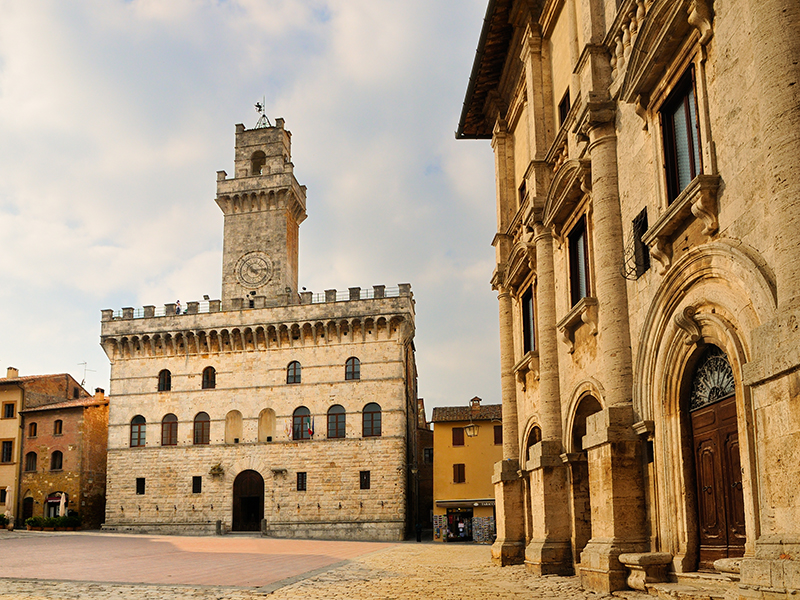
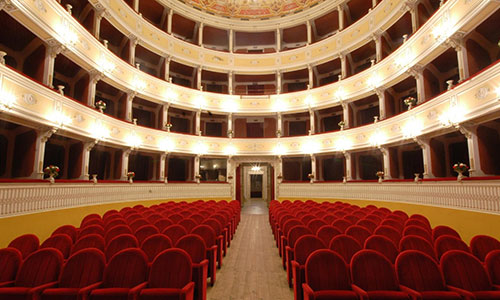
1793, instead, was the date of the construction of a splendid theater, the Teatro Poliziano , which now offers a rich theatrical season further supplemented by local companies which bring to the stage excellent works which exemplify the love for culture deeply rooted in the very fabric of the city of Montepulciano.
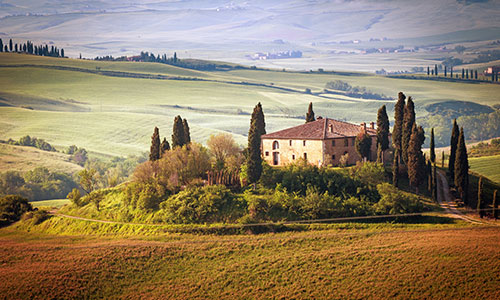
The draining of the Valdichiana, the nearby Chiana river valley, between the 18th and 19th centuries favored the resettling of the fertile soil and a rebirth of its agriculture; the subsequent development of a road system was of great help to commercial expansion which followed.
Today Montepulciano is a township of just over 15,000 inhabitants in which viticulture, olive growing, and tourism are the motor of an economy which, despite the economic problems of the current moment, continues, though with some difficulty, to resist and go forward.



